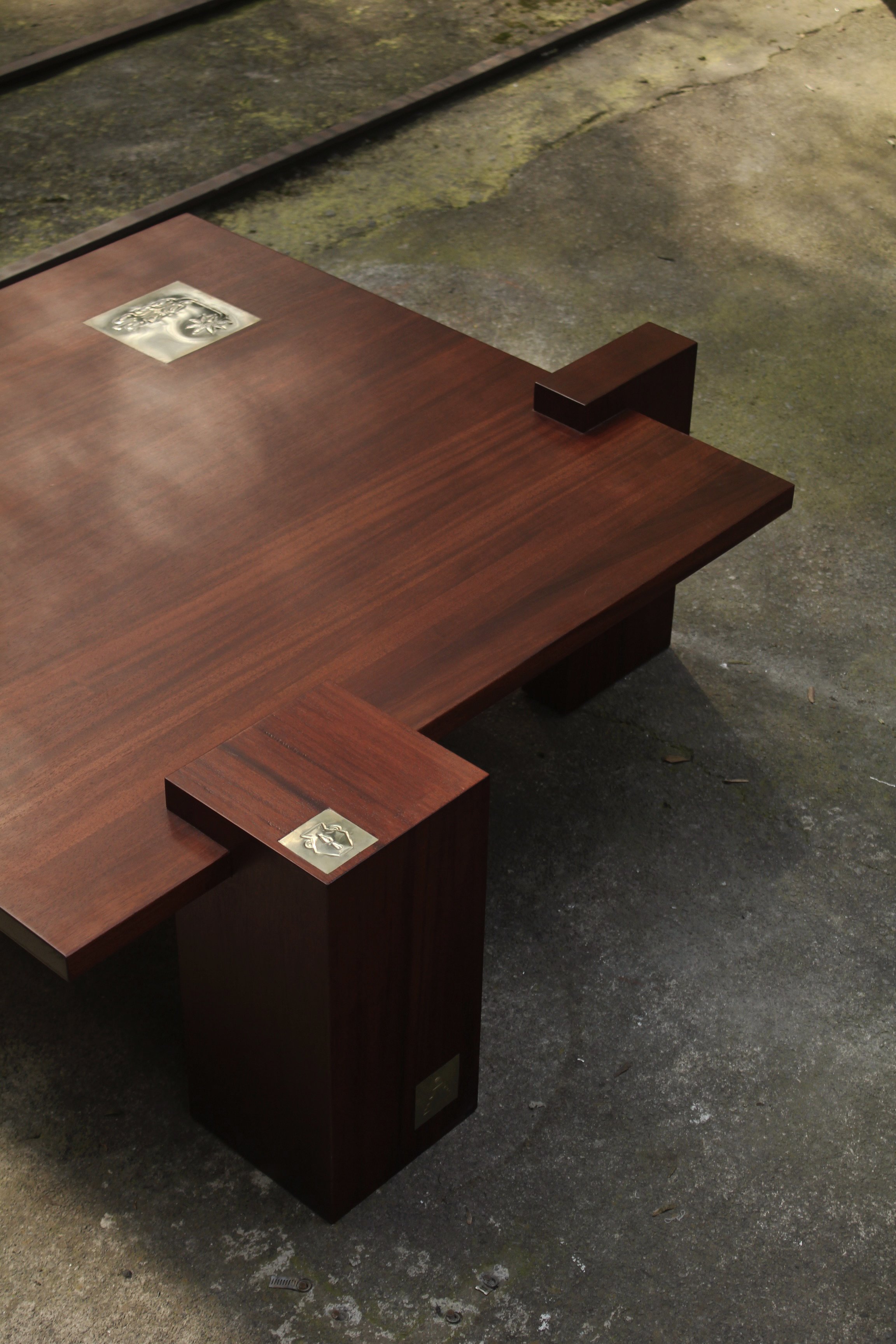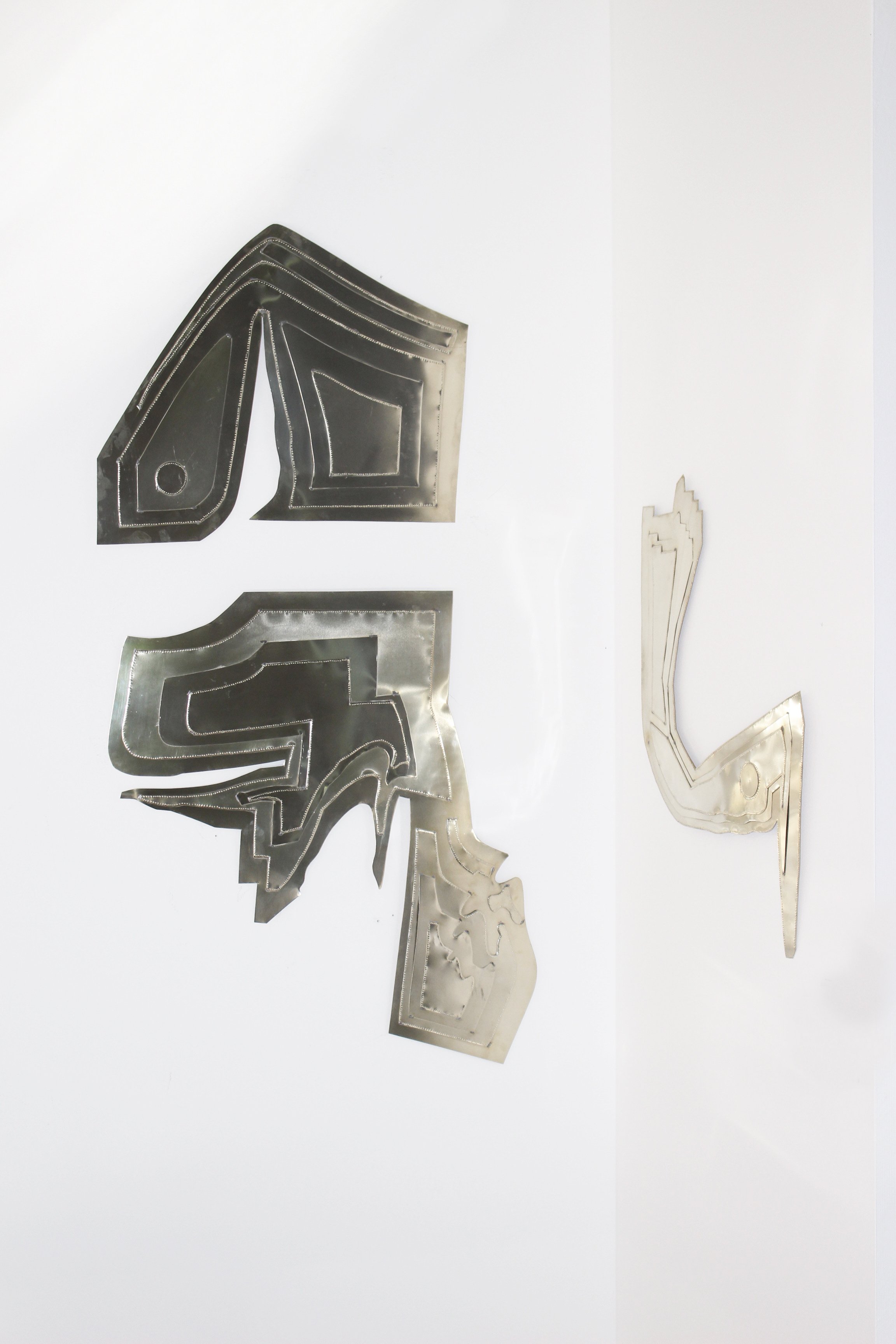
Sazón
The city of Oaxaca de Juárez, was founded in 1529. The historic city center, a UNESCO world heritage site, is an example of sixteenth century colonial planning with a perfectly orthogonal plan. A grid composed of 72 squares outlines the historic center, slightly offset from the cardinal points so that Santo Domingo, in the heart of the city, receives the last rays of sunlight each afternoon.
In Oaxaca, the daily task of cooking, rather than being treated as mundane, is cherished as a ritual and a microcosm of the seasonal shifts and natural forces that dictate living a life in tune with the land. Sazón is the second iteration of Tierra Quemada, collections inspired by the landscape and gastronomic traditions of Oaxaca, and the ritual of sharing a meal. The collections were created in collaboration with designers from France, a country with a culture deeply rooted in its cuisine, like Mexico. Sazón invites us to gather at a communal table, a connection point where culture and histories are experienced through a shared meal.
Table - the table is the platform for serving a meal, it is the conversation starter, and the catalyst for building meaningful connections. The metal inlay represents the pieces of home shared around the table, they reflect the multicultural nature of our societies, but also symbolize the potential for harmony and collaboration between different cultures.
Carafe- the carafe initiates the meal with the offering of a drink. It is a gesture that shows hospitality, stimulates the appetite, and leads to deeper connections throughout the meal.
Candle - the candlestick is a beacon of light, as the centerpiece it invites the participants to gather around the fire and create a shared experience.
Map- The wall sculpture is inspired by a topographical map of the Centro Historico of Oaxaca. The map represents our layered identities, inviting us to embrace the unknown, to go deeper than the surface level.
Created in collaboration with: Mimo Studio, Studio Payet, Rosa Lamonte, Ricardo Santiago Pacheco, Hugo Ruíz.






